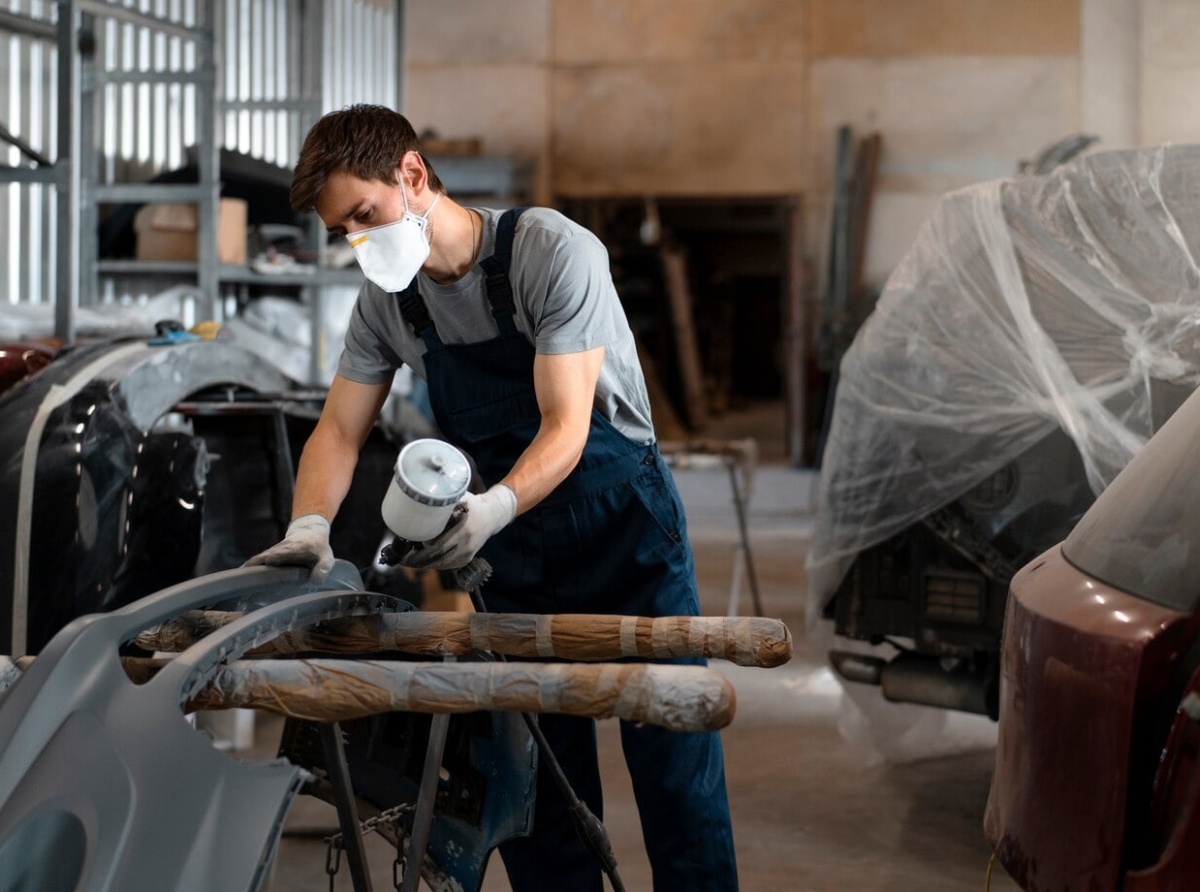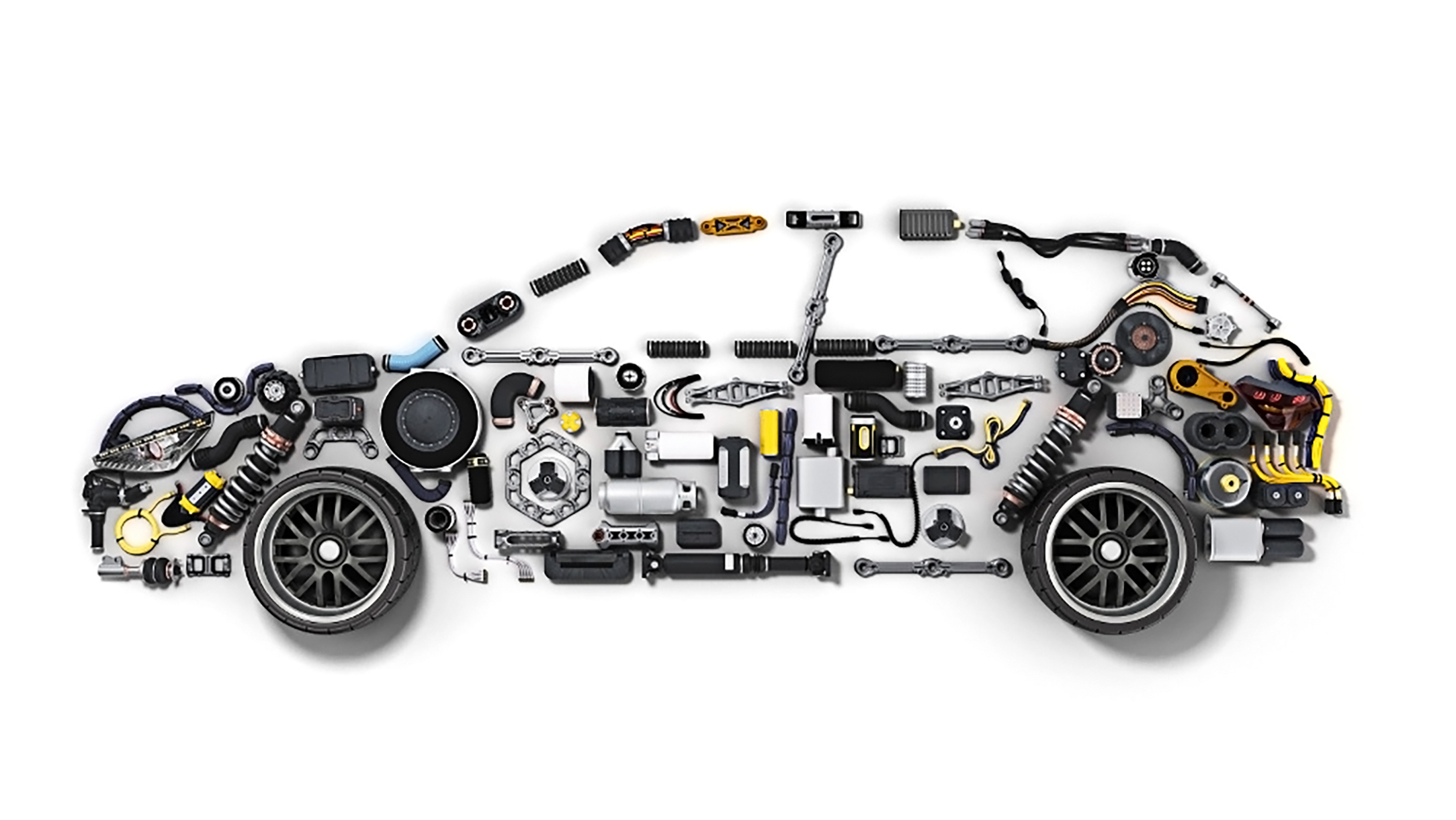Primary and Secondary Markets in Bodywork Challenges and Perspectives

The automotive bodywork sector, a cornerstone of vehicle maintenance and repair, is built around two distinct markets: the primary market and the secondary market. While complementary, these segments operate with specific dynamics and challenges that shape the industry ecosystem.
The Primary Market: Exclusivity of Manufacturers
The primary market, also known as the OEM (Original Equipment Manufacturer) market, includes parts and components manufactured or approved by automakers. These parts are primarily used for warranty repairs or within authorized networks. This market is highly structured, offering quality and strict compliance with original specifications.
Primary market parts ensure perfect compatibility with vehicles, making them the preferred choice for insurers and demanding customers. However, their often-high cost can limit their use outside the scope of authorized repairs. As vehicles increasingly incorporate advanced technologies like ADAS (Advanced Driver Assistance Systems), this market share may grow, as repairs require specific equipment and expertise.
The Secondary Market: A Competitive Alternative
The secondary market, also known as the independent aftermarket, includes spare parts manufactured by third parties. These parts generally come at a lower cost, addressing a growing demand for economical repairs, particularly for older or out-of-warranty vehicles.
This segment has significantly professionalized in recent years, with manufacturers offering certified products that meet stringent standards. It presents a significant opportunity for independent workshops and insurance companies seeking to optimize claim costs. However, quality can vary, and some professionals express concerns about the compatibility of parts with modern vehicles that incorporate complex technologies.

An Evolving Dynamic
With the rise of electric vehicles and digital technologies, the line between these two markets is shifting. Automakers are striving to protect their share through electronic locking systems, while the secondary market invests in innovation to meet demand.
By 2025, the bodywork market will need to adapt to environmental regulations, technological advancements, and increased competitive pressure. The key will lie in the ability of stakeholders to collaborate and ensure a balance between quality, cost, and sustainability.
Whether in the primary or secondary market, excellence and innovation remain the cornerstones of this evolving industry.


 En
En  Fr
Fr 




